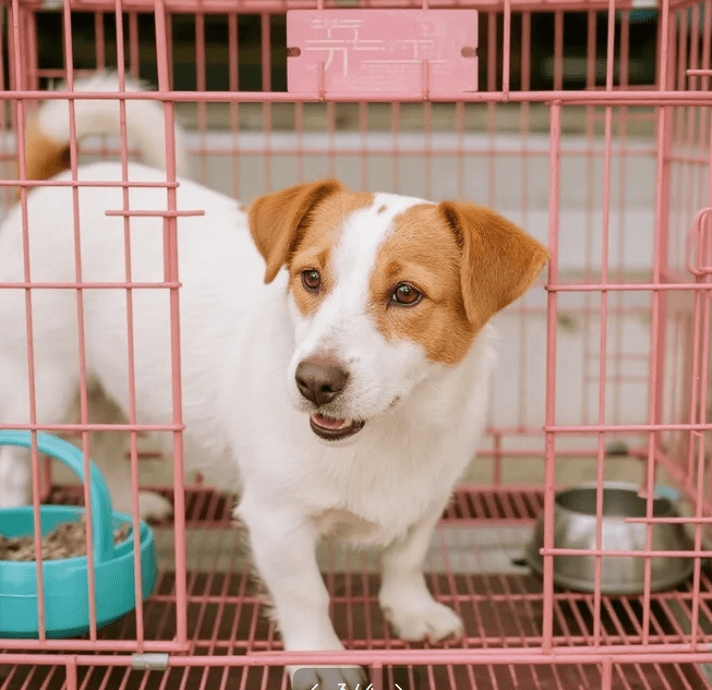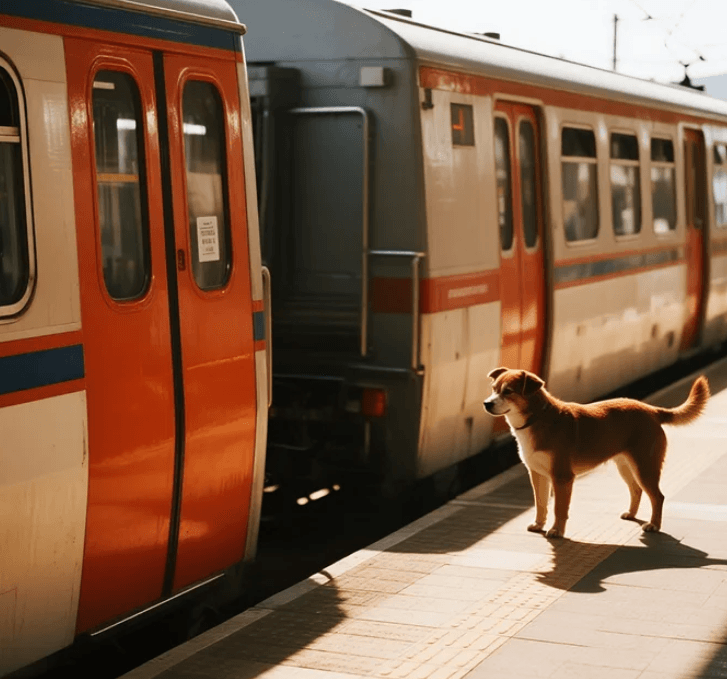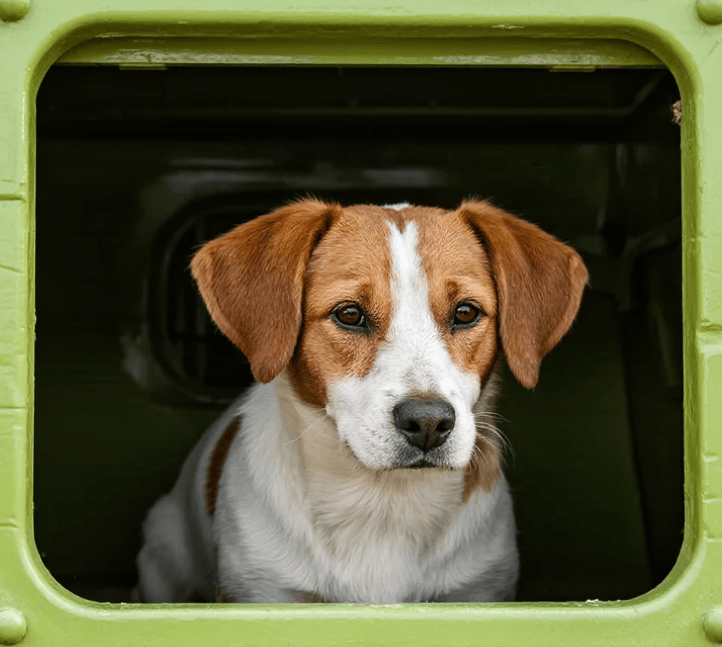How to Crate Train a Dog with Separation Anxiety: Expert Guide

Understanding Crate Training for Anxious Dogs
Crate training a dog with separation anxiety requires specialized techniques that differ from standard crate training.
While traditional methods might work in 2-4 weeks for typical dogs, anxious dogs often need 6-12 weeks of gradual conditioning.
The key lies in transforming the crate from a stress trigger to a safe haven through positive reinforcement and systematic desensitization.
Why Proper Crate Training Helps Anxious Dogs
- Creates security: Provides a den-like sanctuary
- Prevents destructive behaviors: Keeps dog safe when alone
- Establishes routine: Predictability reduces anxiety
- Aids in alone-time training: Foundation for separation exercises
Preparing for Success
Choosing the Right Crate
- Type: Wire crates offer visibility; plastic creates coziness
- Size: Just big enough to stand, turn, and lie down comfortably
- Location: Start in high-traffic areas, gradually move to quieter spaces
- Accessories: Comfy bedding, chew toys, and anxiety wraps if needed
Essential Supplies
- High-value treats reserved only for crate training
- Adaptil pheromone spray or diffuser
- Interactive food puzzles
- White noise machine
- Security camera to monitor progress
The 5-Stage Training Protocol
Stage 1: Crate Introduction (3-7 days)
With the door permanently open:
- Feed all meals near then inside the crate
- Toss treats inside for voluntary exploration
- Place familiar-smelling items inside
- Never force entry - let curiosity build naturally
Stage 2: Positive Association (1-2 weeks)
Begin closing the door briefly:
- Start with 5-second closures during happy activities
- Gradually increase to 30 minutes with distractions
- Always release before signs of stress appear
- Use BarkTok's anxiety-calming sound therapy during sessions
Stage 3: Alone-Time Simulation (2-3 weeks)
Practice leaving the room:
- Begin with 10-second absences
- Vary departure cues (avoid ritualized patterns)
- Use BarkTok's monitoring to track stress signals
- Build up to 2-hour absences gradually
Stage 4: Routine Establishment (Ongoing)
Implement predictable patterns:
- Consistent pre-crate calming routine
- Scheduled crate times matching future alone periods
- BarkTok's smart scheduling adapts to your calendar
Stage 5: Maintenance (Lifelong)
Preserve positive associations:
- Occasional crate use even when not leaving
- Regular "refresher" training sessions
- Monitor via BarkTok's behavior analytics
How BarkTok App Supports Anxious Dogs
BarkTok's specialized anxiety training features include:
- AI-powered progress tracking: Analyzes whines, barks, and body language to adjust training pace
- Customized desensitization programs: Creates gradual exposure plans based on your dog's thresholds
- Calming sound library: Scientifically-designed audio to reduce stress during training
- Remote monitoring: Get alerts if anxiety spikes when you're away
- Veterinary behaviorist-approved protocols: Expert-crafted training sequences
Dogs using BarkTok's anxiety program show 68% faster improvement in crate acceptance compared to traditional methods alone.
Solving Common Challenges for Dogs with Separation Anxiety
Excessive Vocalization
Solution:
- Ignore attention-seeking noises (no eye contact or verbal responses)
- Reward quiet moments with treats tossed into crate
- Use BarkTok's bark detection to identify patterns
Escape Attempts
Solution:
- Ensure proper crate size - too large encourages panicked movements
- Cover crate partially with breathable fabric
- Consult professional for severe cases - may need behavior medication
Regressions
Solution:
- Return to previous successful training stage
- Rule out medical issues with vet visit
- Use BarkTok's regression analyzer to identify triggers
Advanced Techniques for Resistant Cases
Counterconditioning Protocol
Pair crate entry with ultra-high-value rewards:
- Show special treat (chicken, cheese) when dog looks at crate
- Toss treat inside without closing door
- Progress to closing door for 1 second while dog eats
- Gradually increase duration over weeks
Desensitization to Departure Cues
Break down triggering actions:
- Practice picking up keys without leaving
- Put on shoes then sit down
- Use BarkTok's departure training module
Parallel Training Strategies
Combine crate training with:
- Relaxation protocol training
- Confidence-building exercises
- Interactive toy rotation system
When to Seek Professional Help
Consult a veterinary behaviorist if:
- Your dog injures themselves in the crate
- Excessive drooling or panting persists
- No progress after 4 weeks of consistent training
- Destruction extends beyond the crate area
BarkTok's platform offers direct access to certified separation anxiety specialists for personalized guidance.
Long-Term Success Strategies
Maintain results with these practices:
- Keep the crate available as an optional resting spot even after training
- Vary alone-time durations to prevent predictability anxiety
- Use BarkTok's maintenance reminders for periodic check-ins
- Combine with general confidence-building activities
- Address any life changes that may trigger renewed anxiety
Final Thoughts: Patience Creates Peace
Crate training a dog with separation anxiety demands compassion and consistency. While the process takes longer than with non-anxious dogs, the payoff - a calm, secure pet and damage-free home - makes the effort worthwhile.
BarkTok's specialized tools provide the structured support needed to navigate this challenging but rewarding journey.
Remember that progress isn't linear; celebrate small victories and trust that with science-based methods and proper timing, even severely anxious dogs can learn to accept and even enjoy their crates.
 Related Articles
Related Articles





